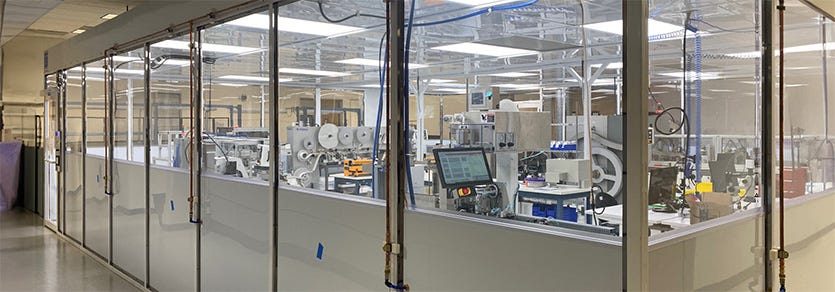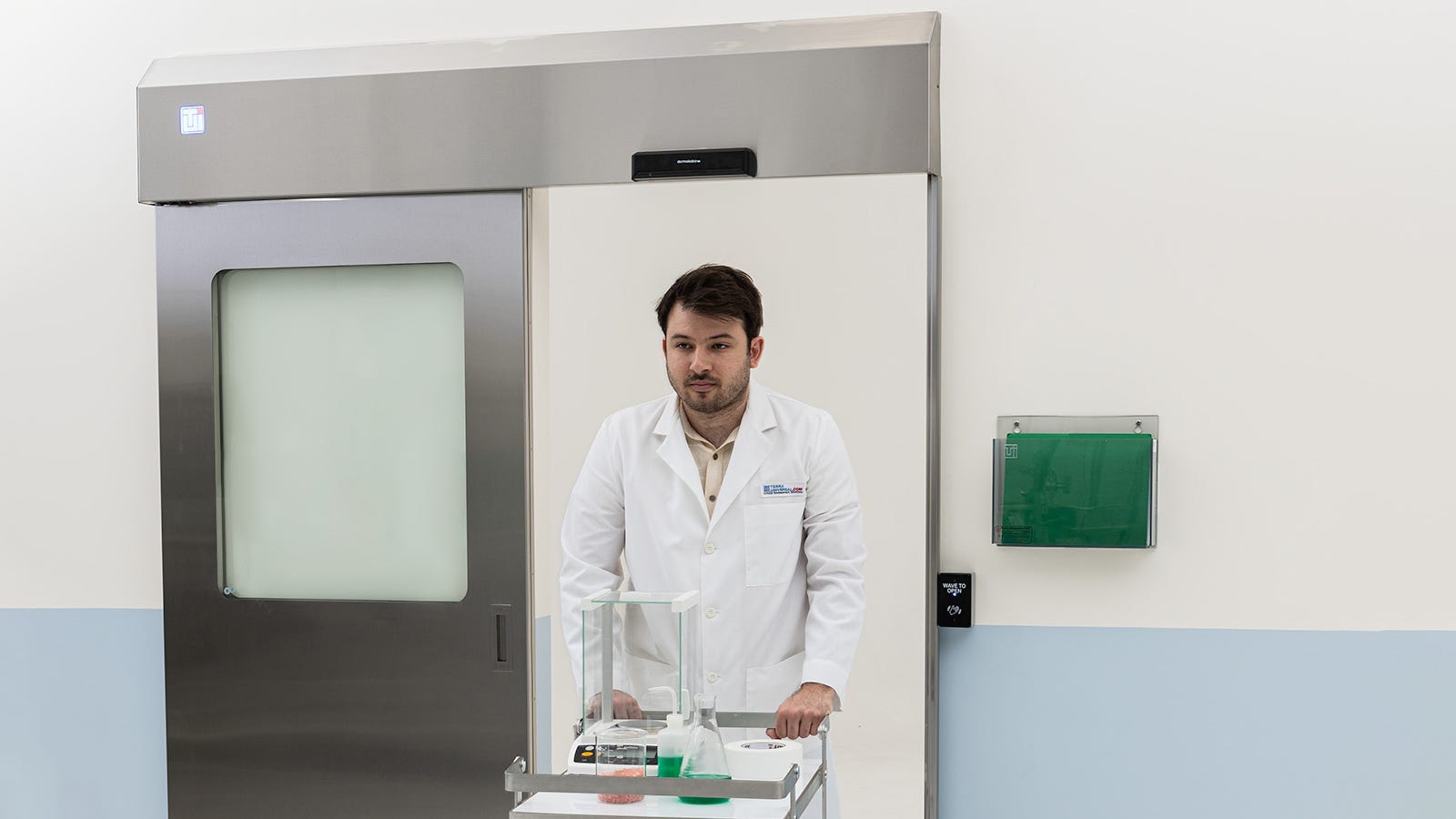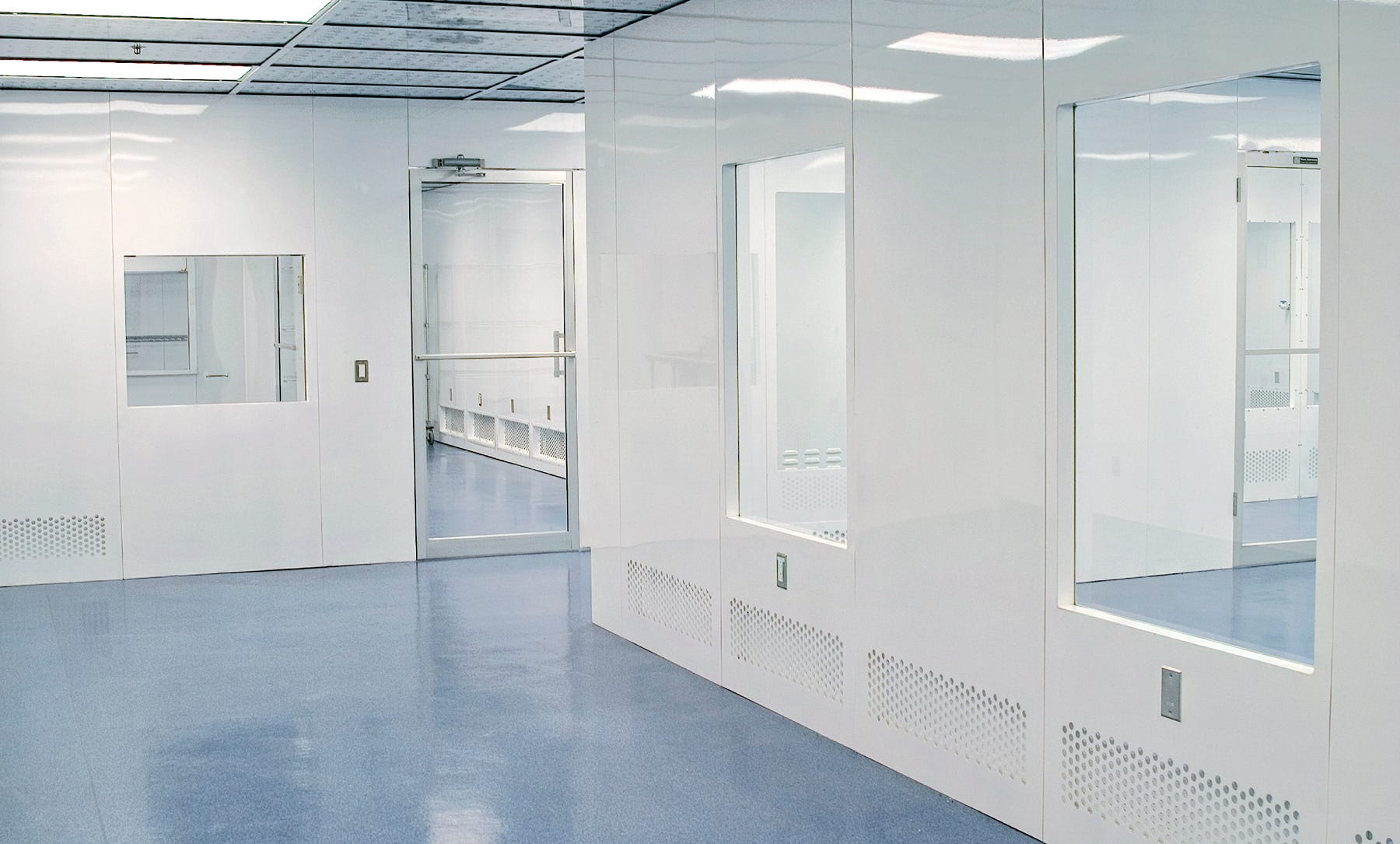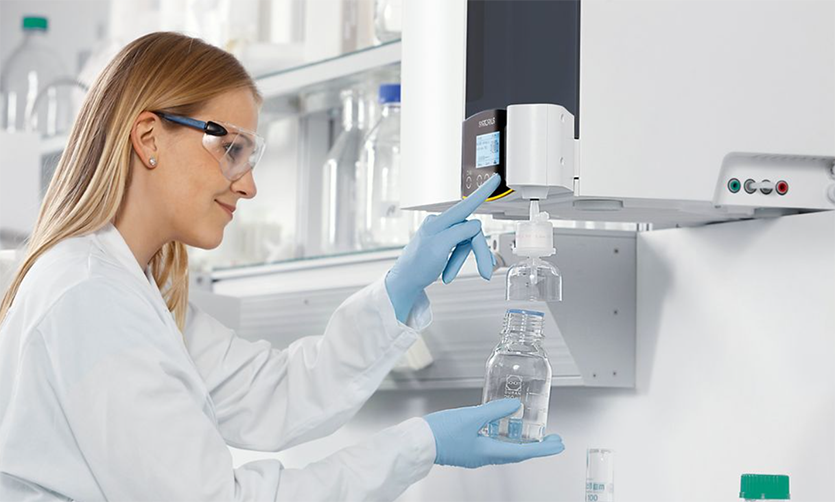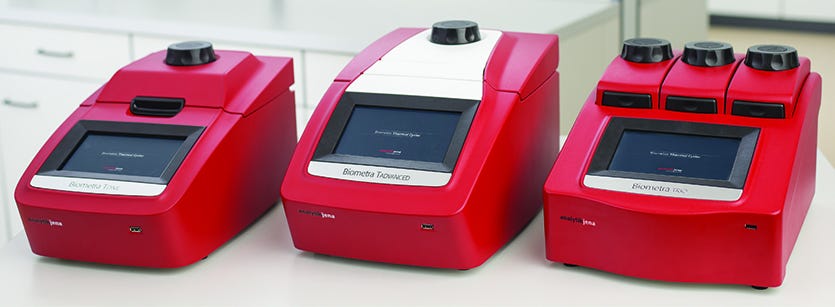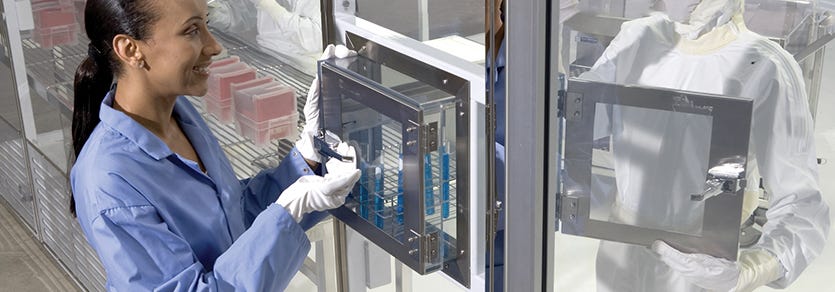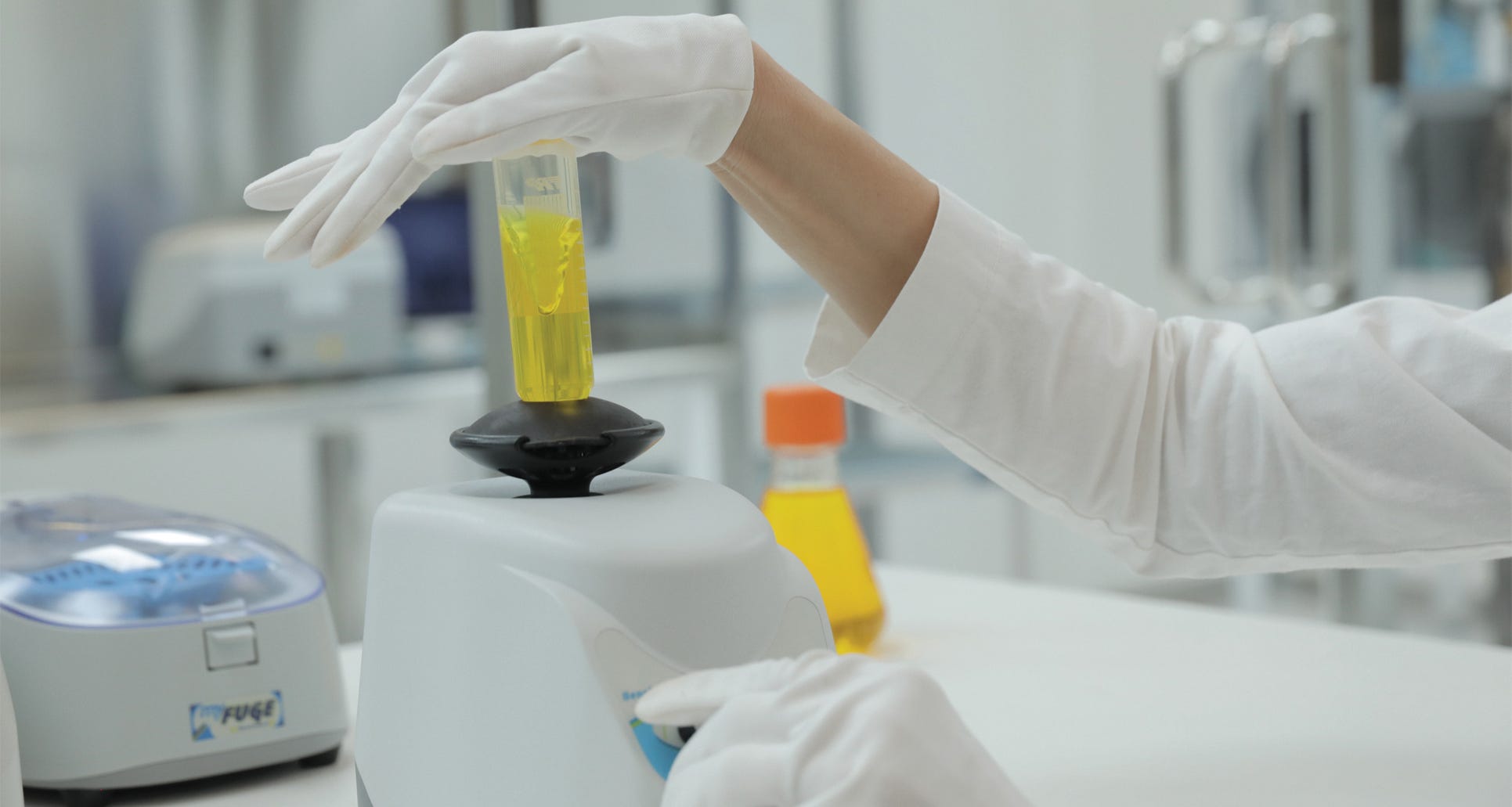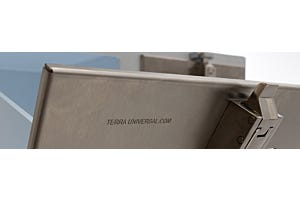In accordance with the ISO 14644 standards, ISO Class 7 cleanrooms represent a highly controlled environment that is engineered to maintain specific cleanliness values. The enclosed system encompasses ceiling-mounted fan filter units (FFUs) that generate a continuous supply of HEPA or ULPA-filtered air. In this article, we'll cover top-level considerations and standards for ISO 7 cleanroom design and construction. Additionally, we'll explore general principles for ISO 7 standards including particulate levels, ACH requirements, and equipment-based considerations among several unique applications.
- (714) 578-6016
Hours Mon - Fri, 07:00 AM - 06:00 PM (Pacific Time)



